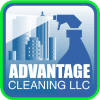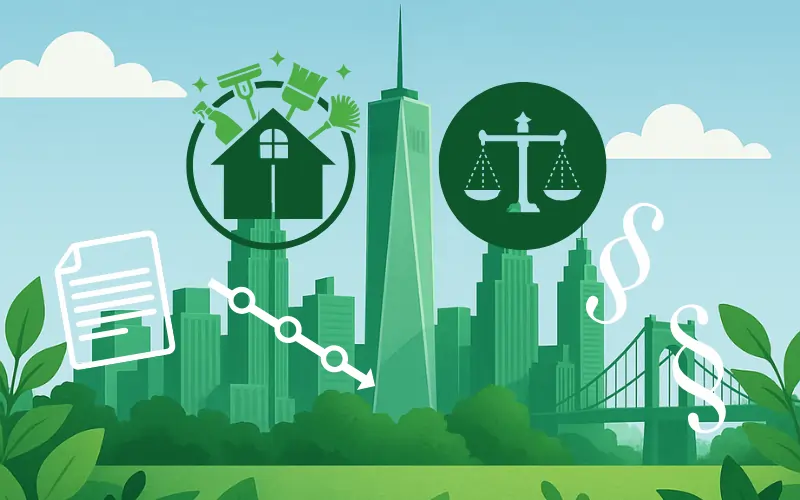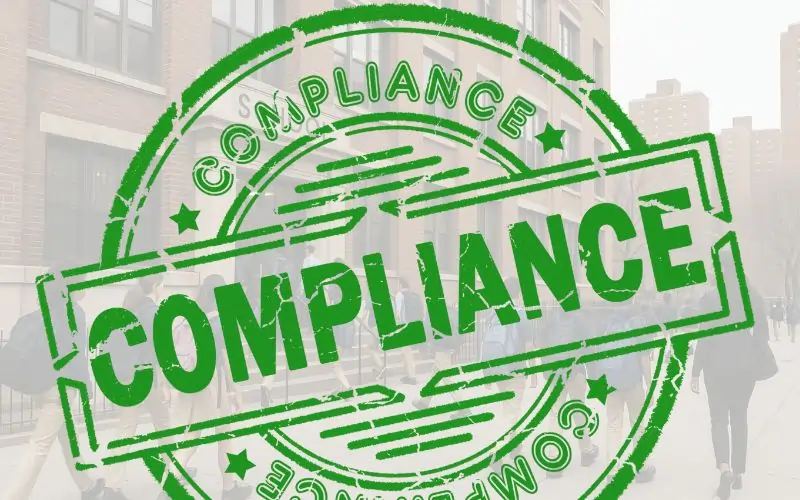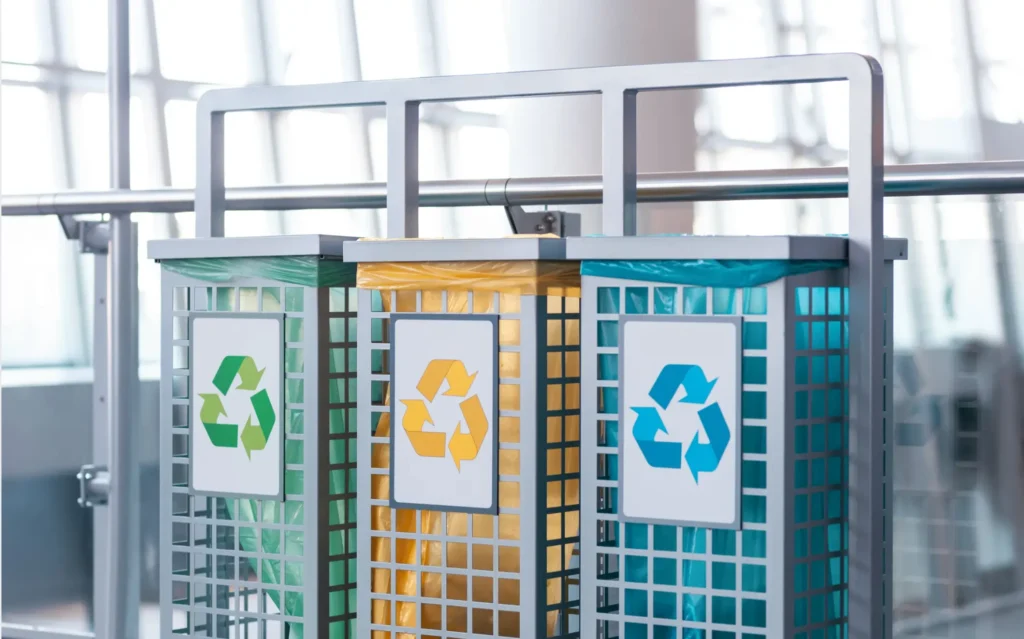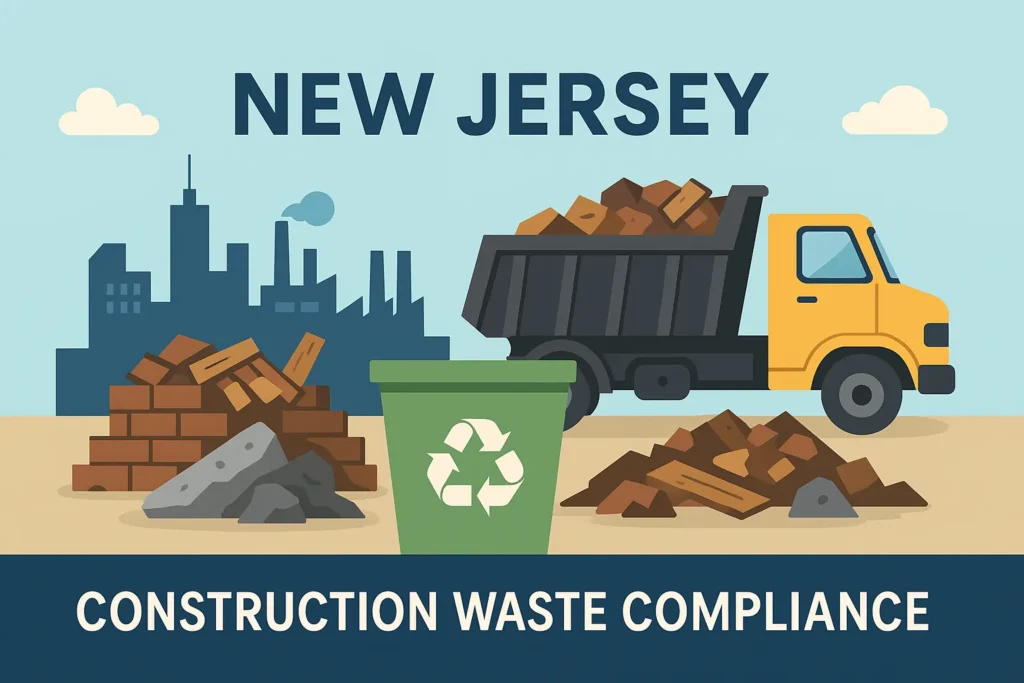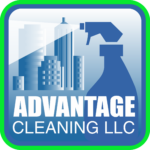Is Green Cleaning a Legal Requirement in NYC?
Green cleaning is a legal obligation in New York City and New York State. If you’re a facility manager at a school, office, or industrial site, you are responsible for ensuring that your cleaning practices meet all city and state environmental health regulations. This guide helps you understand your obligations, avoid penalties, and protect health and compliance in your facility.
Definition: What Is Green Cleaning in NYC?
Green cleaning refers to the use of cleaning products and procedures that protect human health and the environment. According to the New York State Office of General Services (OGS), green cleaning includes the procurement and use of environmentally sensitive cleaning and maintenance products, proper handling, storage, and disposal practices, and ensuring that procedures contribute to improved indoor air quality and reduced exposure to hazardous chemicals.
Agencies like the Environmental Protection Agency (EPA) and Green Seal define green cleaning products as those verified to meet high standards for safety, environmental performance, and effectiveness, such as through the EPA Safer Choice label. These products typically avoid synthetic chemicals, artificial fragrances, and ingredients that contribute to poor air quality or health risks.
In practice, green cleaning in NYC means using products that:
- Are low-toxicity and non-irritating
- Are certified or approved by a recognized state agency (such as OGS) or third-party organizations
- Support regulatory compliance for elementary and secondary schools, office buildings, and industrial facilities
Who Sets the Rules?
Several agencies regulate green cleaning in NYC:
- New York State Education Department (NYSED)
- New York State Office of General Services (OGS)
- NYC Department of Education (DOE)
- Department of Sanitation (DSNY)
- Occupational Safety and Health Administration (OSHA)
- Environmental Protection Agency (EPA)
State agencies, including the EPA and other regulatory bodies, are essential in developing, implementing, and enforcing regulations on green cleaning. Each state agency plays a role in ensuring compliance and promoting environmentally responsible practices.
Key Law for Schools: NYS Education Law §409-i
The NYS Education Law §409-i law requires all public and charter schools, as well as school districts, to use only approved, environmentally sensitive cleaning products. These products are listed by the NYS Office of General Services (OGS).
While the law primarily targets public institutions, nonpublic elementary and secondary schools are also encouraged to follow similar environmentally sensitive cleaning practices to ensure a safe learning environment.
What About Private Schools or Offices?
Private schools and office buildings aren’t subject to §409-i, but they must still follow OSHA safety standards and DSNY rules for waste and chemical safety, including the use of environmentally sensitive cleaning and maintenance products where possible.
What is Defined as Green Cleaning Products?
Use only green cleaning products that are:
- Approved by the NYS OGS or recognized as greener cleaning products that meet high standards for safety and environmental impact
- Listed under EPA Safer Choice or Green Seal or certified with the DfE label
- Low in volatile organic compounds (VOCs) and free of harsh chemicals
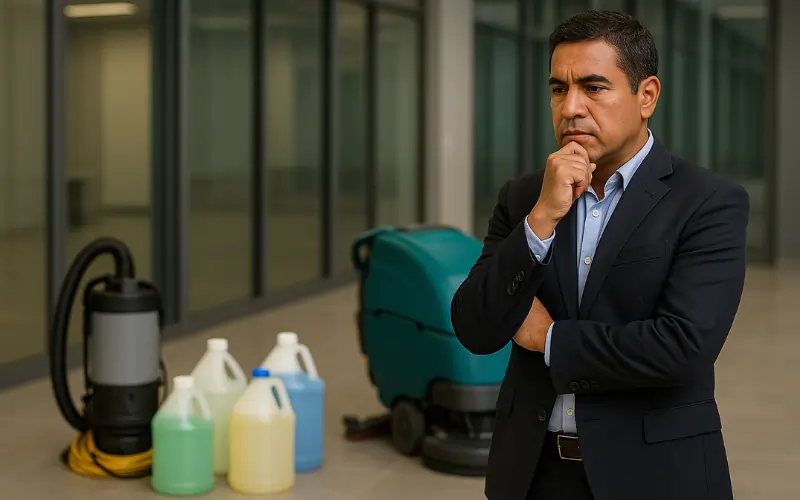
What are Green Cleaning Products and Equipment
Green cleaning products and tools play a critical role in reducing the use of hazardous chemicals and improving indoor air quality, as do other green products that support sustainable operations.
Visit the OGS Green Cleaning Products List to verify if your green cleaning product meets the approval of OGS
Here’s how to evaluate and categorize what qualifies as green:
Effective green cleaning practices not only reduce environmental impact but also promote compliance with local and state regulations.
1. Product Composition and Certification
- Look for labels like EPA Safer Choice, Green Seal, or similar third-party certifications, such as the Safer Choice label, which is awarded by third party organizations that evaluate product safety and environmental impact.
- Products must be low in volatile organic compounds (VOCs) and free from toxic substances like ammonia, chlorine, and artificial fragrances.
- Use cleaners with natural ingredients and formulas designed to minimize eye irritation, skin sensitivity, and environmental impact.
2. Types of Green Cleaning Products
- All-Purpose Cleaners: General use on surfaces, must be biodegradable and low-toxicity.
- Disinfectants & Sanitizers: Must be EPA-registered and use safer ingredients.
- Glass & Surface Cleaners: Non-streaking, non-toxic, and ammonia-free.
- Floor Cleaners & Finishes: Use recyclable materials in packaging and avoid harsh floor strippers.
- Hand Soaps: Fragrance-free or with natural scents, no antibacterial agents unless required.
When transitioning to green cleaning, it is advisable to use up existing products before fully switching to new, approved alternatives to minimize waste.
3. Green Cleaning Equipment
- HEPA-Filtered Vacuums: Improve indoor air quality by trapping fine dust and allergens.
- Microfiber Cloths & Mops: Reduce chemical use and increase cleaning effectiveness.
- Dilution Control Systems: Ensure accurate chemical usage, reduce waste, and support sustainability.
- Low-Noise, Energy-Efficient Machines: Contribute to a healthier and more environmentally friendly workplace.
4. Storage and Disposal Guidelines
- Use clearly labeled containers made from recyclable materials.
- Follow DSNY disposal rules for expired or unused products.
- Store products in ventilated areas to protect human health and preserve air quality.
5. Environmental and Health Benefits
- Reduce exposure to hazardous chemicals. It is crucial to use only approved products to ensure safety and compliance.
- Support compliance with local and state environmental regulations.
- Create a safer environment for staff, students, and visitors—especially important in elementary and secondary schools. Following these essential steps helps create a healthier environment for everyone.
Basic Compliance Steps for Facility Managers
- Use approved products only
- Keep Safety Data Sheets (SDS) on file
- Train your staff on product use and safety
- Maintain logs of when and where products are used, and maintain records of all purchasing activities to ensure compliance with regulations.
- Document vendor activity and cleaning services
Why Documentation is Necessary
Inspectors from NYSED, DSNY, or OSHA may request your cleaning records. Being audit-ready means you have all logs, product lists, and training files available on request.
Refer to the official OGS Green Cleaning website for up-to-date product lists and guidelines, and conduct research regularly to stay informed about regulatory changes.
What Happens If You Don’t Comply?
Non-compliance can lead to:
- Fines
- Failed inspections
- Legal issues or shutdowns (especially for schools)
Checklist – Green Cleaning Compliance NYC
- ✅ OGS-approved products only
- ✅ SDS and usage logs
- ✅ Staff trained and documented
- ✅ Vendor logs and inspections organized
Summary
Green cleaning is required by law—and it protects your staff, your facility, and your reputation. With the right products, training, and documentation, staying compliant is simple.
What Should a Facility Solutions Partner Actually Do?
Many vendors offer basic cleaning services, but fall short of full regulatory support.
A true facility solutions partner should:
- Proactively provide approved cleaning products from reputable manufacturers and companies that meet regulatory standards
- Deliver complete, time-stamped documentation
- Train all cleaning staff on compliance procedures
- Monitor risks like mold, allergens, and chemical exposure
- Prepare your team for audits—not just react to them
Unfortunately, most providers only meet the minimum. They don’t take responsibility for compliance, and they rarely organize documentation in a way that makes your job easier.
How Advantage Cleaning Delivers Compliance-as-a-Service”
Advantage Cleaning provides specialized commercial cleaning services and school cleaning services for charter schools, private schools, and universities in NYC.
We believe compliance should be built into every part of your customized facility maintenance program to meet the needs of schools and businesses who demand safe, effective, and environmentally responsible solutions—not added as an afterthought.
Here’s what we do:
- Use only OGS-approved green cleaning products
- Maintain updated SDS records and usage logs
- Train all staff in safe and compliant cleaning methods
- Provide documentation you can show to inspectors at any time
- Flag risks like pest issues, mold, or improper storage before they become violations, addressing leading concerns such as indoor air quality and respiratory health
We don’t just clean—we manage risk, ensure readiness, and support your accountability as a facility leader.

A higher grade of Quality in Commercial Cleaning
Commercial Cleaning in CONNECTICUT
FAQ
Relevant articles
Compliance for NYC School Facilities – Guide for Facility Executives
This article is a practical blueprint for Charter School Chief Operating Officers responsible for outsourced…
NYC Office Building Sanitation & Disposal Rules – for Facility Managers
In New York City, commercial office buildings face strict Department of Sanitation (DSNY) and Business…
New Jersey Construction Waste Disposal: Compliance & What You Need to Know
Avoid costly penalties and stay compliant. Learn how to handle construction and demolition waste in…
